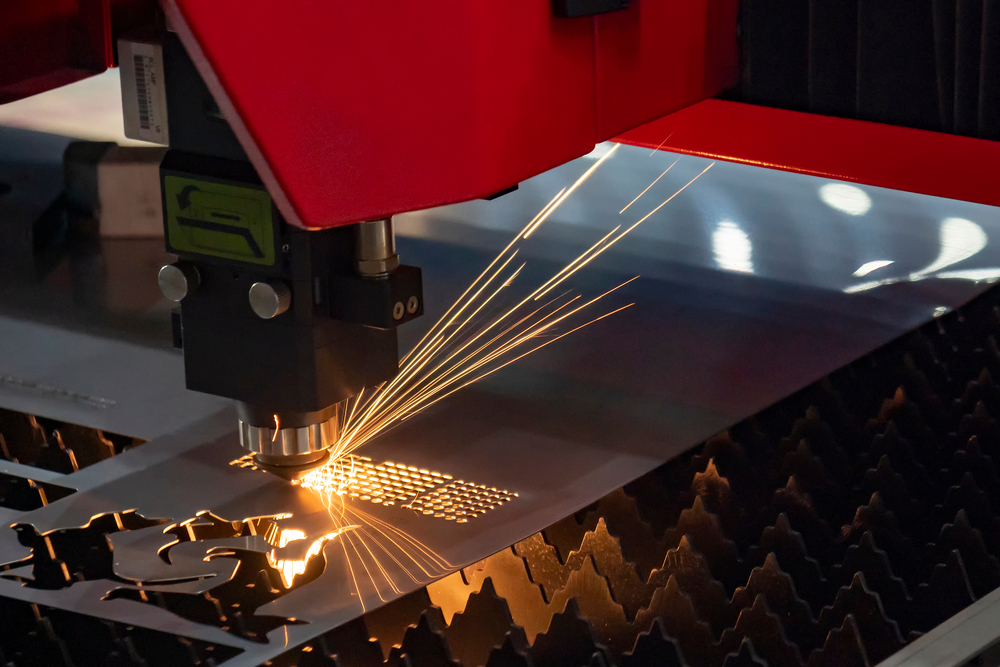
In today’s ever-evolving technological landscape, CNC (Computer Numerical Control) machinery has become integral for industries that require precision and efficiency. Among the diverse array of CNC machinery, CO2 laser engravers stand out for their extraordinary ability to manipulate materials with high precision. Whether you’re exploring the world of fabricating prototypes, engaging in detailed artistry, or managing industrial-scale production, understanding how CO2 lasers work can significantly benefit your processes.
A CO2 laser, short for Carbon Dioxide Laser, belongs to the category of gas lasers. Invented in 1964 by Kumar Patel, the CO2 laser is one of the earliest lasers to have gained prominence and remains vital in various applications. The laser gets its name from the primary gas used in the laser tube: carbon dioxide. Other gases, such as nitrogen, hydrogen, and helium, are also used in variable proportions to optimize the laser’s efficiency and functionality.
CO2 laser engravers primarily comprise of several critical components:
To grasp how CO2 lasers work, it’s essential to understand the science at play. Here is a step-by-step outline of the CO2 laser engraving process:
Firstly, an electrical current is passed through the laser tube that contains a gas mixture primarily made up of carbon dioxide, along with nitrogen, hydrogen, and helium. The electrical discharge excites the nitrogen molecules, transferring energy to the carbon dioxide molecules, causing them to vibrate and create infrared light.
This light is reflected back and forth between mirrors at both ends of the laser tube, amplifying the light each time. One of these mirrors is partially reflective, allowing a fraction of the light to pass through as a concentrated and coherent laser beam.
The generated laser beam is then directed through a series of mirrors and lenses, which guide and focus the laser on the material to be engraved. The control system, typically powered by specialized CNC software, directs the laser movements with precision based on the design uploaded by the user.
When the highly focused laser beam strikes the material, the intense concentration of energy causes the material to heat up, melt, or vaporize in precise patterns. Given that the laser’s path is carefully controlled, the outcome is a detailed and accurate engraving with clean edges.
Effective cooling mechanisms ensure that the laser tube doesn’t overheat, while exhaust systems remove vaporized material and gases produced during the engraving process. This ensures a safe work environment and maintains the quality of the finished product.
CO2 laser engravers are impressively versatile, making them ideal for a broad spectrum of applications across various industries. Here are some of the common uses:
CO2 lasers are heavily employed in industrial manufacturing for tasks such as engraving barcodes, serial numbers, and other identifying marks on objects. Their ability to work with various materials, including plastics, metals, and ceramics, makes them invaluable for production lines.
In the jewelry industry, CO2 lasers are used to create intricate designs and engrave text on precious metals. Similarly, the fashion industry uses lasers to engrave designs on leather, textiles, and other fabric materials.
CO2 lasers are frequently used to manufacture detailed signage and decorative pieces. Their precision allows for highly customized and intricate designs, making them ideal for creating signs, awards, plaques, and more.
In electronics and aerospace, CO2 lasers are utilized to cut and engrave components with high precision. Their ability to etch fine details and markings is particularly indispensable for creating circuit boards and aerospace components.
The adaptability and efficiency of CO2 laser engravers confer a multitude of advantages, which include:
Considering investing in CO2 laser equipment? Here are a few critical factors to keep in mind:
Navigating the complex landscape of CNC machinery can be daunting. That’s where CNC Warehouse comes in. Located in Houston, CNC Warehouse is your one-stop shop for all your CNC equipment needs, offering a wide array of machinery, including CO2 lasers, CNC routers/mills, fiber lasers, plasma cutters, and more.
Ready to elevate your business with the power and precision of CO2 laser engraving? Leverage CNC Warehouse’s unmatched expertise and quality to find the perfect machine tailored to your needs. Explore our diverse collection of CNC equipment and let us help you optimize your operations for unparalleled success.